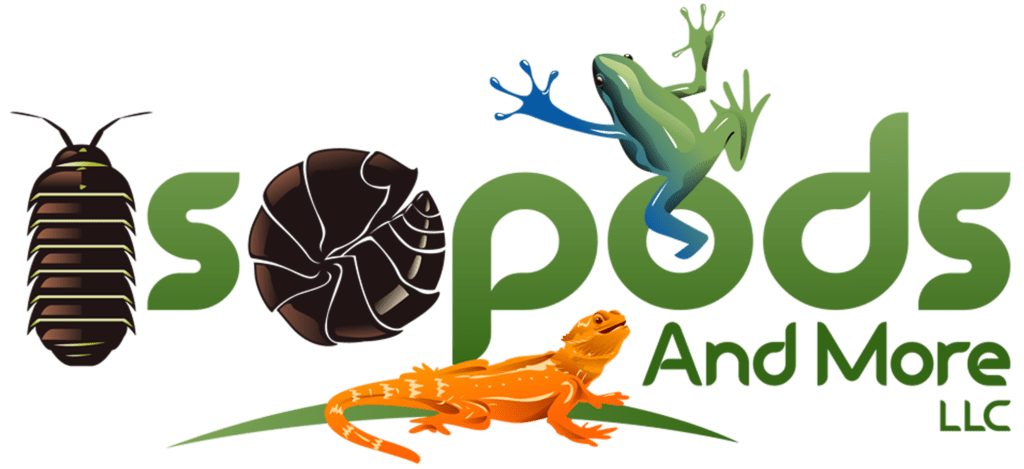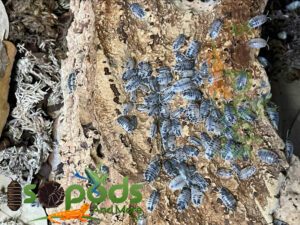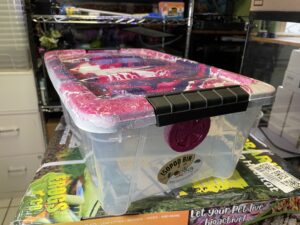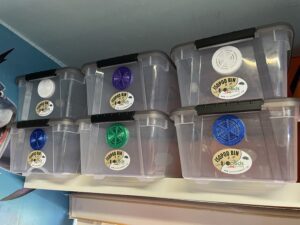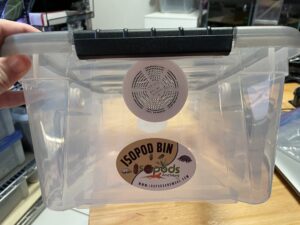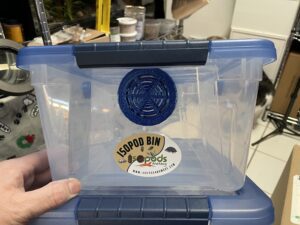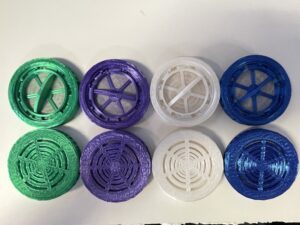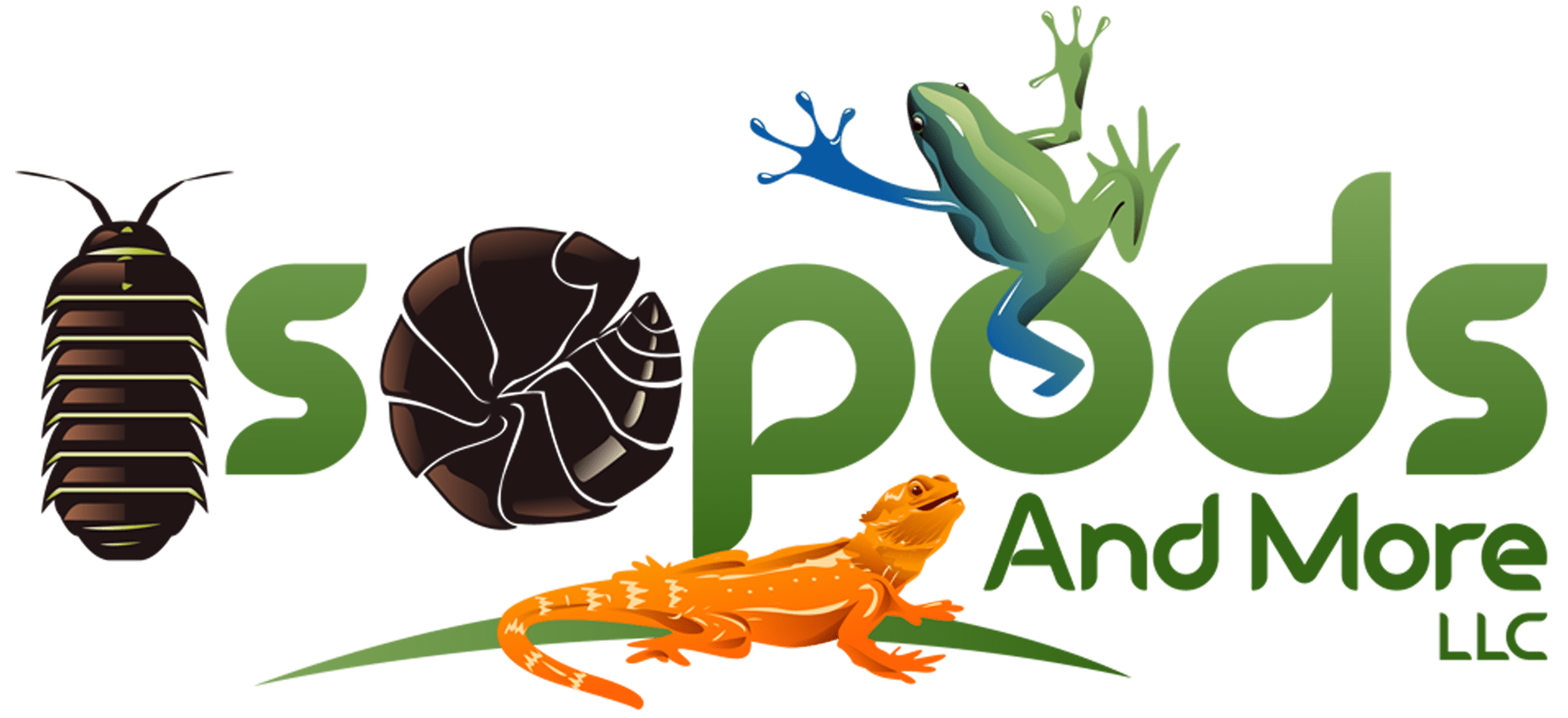Introduction
Fruit flies, scientifically known as Drosophila, are fascinating creatures that play an integral role in the natural food chain and various ecosystems. Cultivating fruit flies requires careful attention to detail and an understanding of the specific environmental conditions that favor their growth. This article serves as a comprehensive guide on how to effectively cultivate fruit flies and maximize their yield.
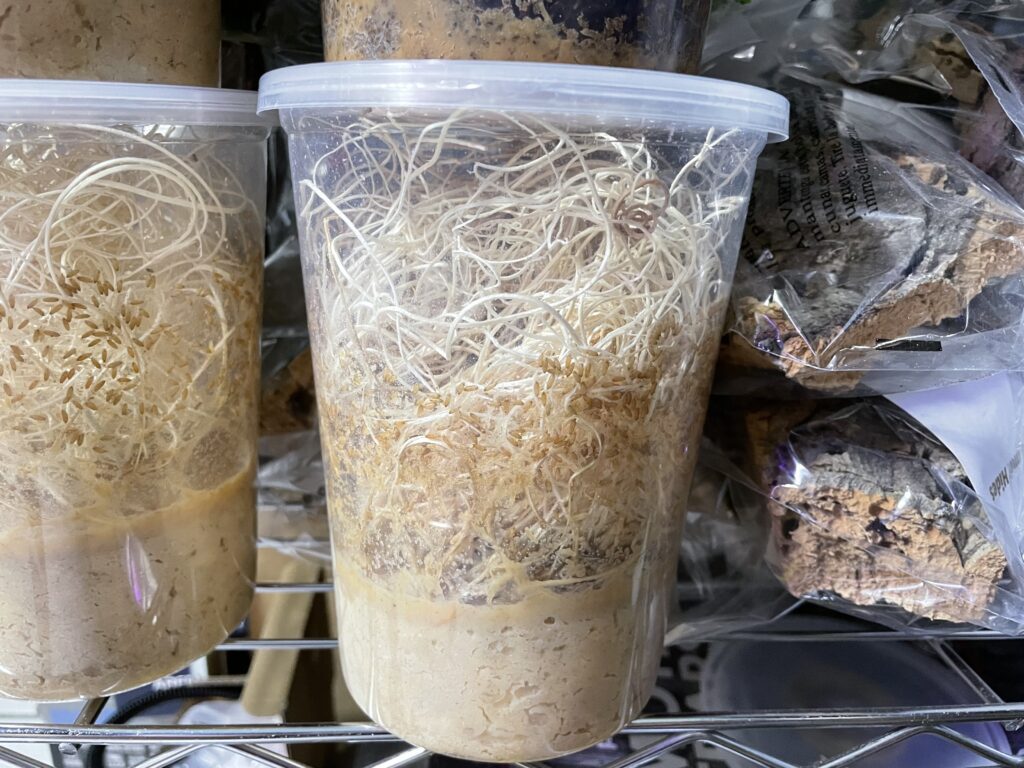
Understanding the Basics of Fruit Fly Cultivation
Fruit flies, also known as Drosophila, are an excellent live feed source for various pets. To start cultivating fruit flies, you can obtain a fruit fly culture that provides all the necessary nutrition and hydration for these tiny insects to thrive. Depending on the specific type of culture, you can expect fruit fly production within 10-14 days for Melanogaster cultures and 17-21 days for Hydei cultures. With the right conditions, a single culture can potentially yield thousands of flies. However, there are certain factors that can impact this yield.
Importance of Humidity
Humidity plays a crucial role in fruit fly culture. When humidity falls below 65%, the culture is at risk of drying out. To prevent this, it is essential to store the culture in a transparent, moisture-retaining container. Additionally, periodically moistening the culture with water free from chlorine and other harmful substances can help maintain the appropriate humidity level.
Temperature Considerations
Maintaining the ideal temperature range for fruit fly cultures, between 70 and 80 degrees Fahrenheit, is vital. Temperatures above 85 degrees can render the culture infertile, halting the production of flies. Conversely, temperatures below 70 degrees can significantly slow down the production process. Therefore, it is crucial to monitor and control the temperature in the area where you keep your fruit fly cultures.
Mold Prevention and Management
Although the medium used in fruit fly cultures usually contains a mold inhibitor, mold can still develop, especially when the culture starts to dry. Mold typically appears on top of the medium and, if left unchecked, can hamper the growth of flies. To mitigate this, spray the mold with dechlorinated water and maintain the culture in a humidity-controlled environment.
Coffee filters or excelsior, often used in fruit fly cultures, can also develop mold. To prevent this, ensure your cultures are stored away from heating or cooling vents. If mold does appear, promptly remove the affected parts before initiating new cultures to prevent its spread. It’s important to note that feeding your pets flies from a moldy culture poses no harm.
Managing Overproduction
Too much of a good thing can be detrimental when it comes to fruit fly cultures. When the culture produces a large number of flies, it leads to an increase in carbon dioxide levels, which can be lethal to the flies. To avoid this, it is necessary to remove the flies from the culture every few days.
Dealing with Mites
Two types of mites commonly infest fruit fly cultures: white grain mites and fruit fly mites. White grain mites, usually found in various grains, are attracted to fruit fly media and can take over the culture when the flies are not thriving. However, a well-maintained culture enables fruit flies to out-compete these mites.
Fruit fly mites, on the other hand, are a rare find in the pet industry. These predatory mites lay their eggs on fruit fly pupae, inhibiting the hatching process. To deter these mites:
- Keep older cultures (older than 28 days) separate from younger ones to minimize mite transfer.
- Maintain distance between your fruit fly cultures and grains like mealworm bedding or food items.
Conclusion
Armed with these insights, you can confidently embark on your fruit fly cultivation journey. Remember that the process requires patience, attention to detail, and careful management of environmental conditions. By following these guidelines, you’ll be well on your way to establishing and maintaining a thriving fruit fly culture, benefiting both your pets and the ecosystem they are a part of.
